
We might be "gone surfing,” but you can always find us right here!
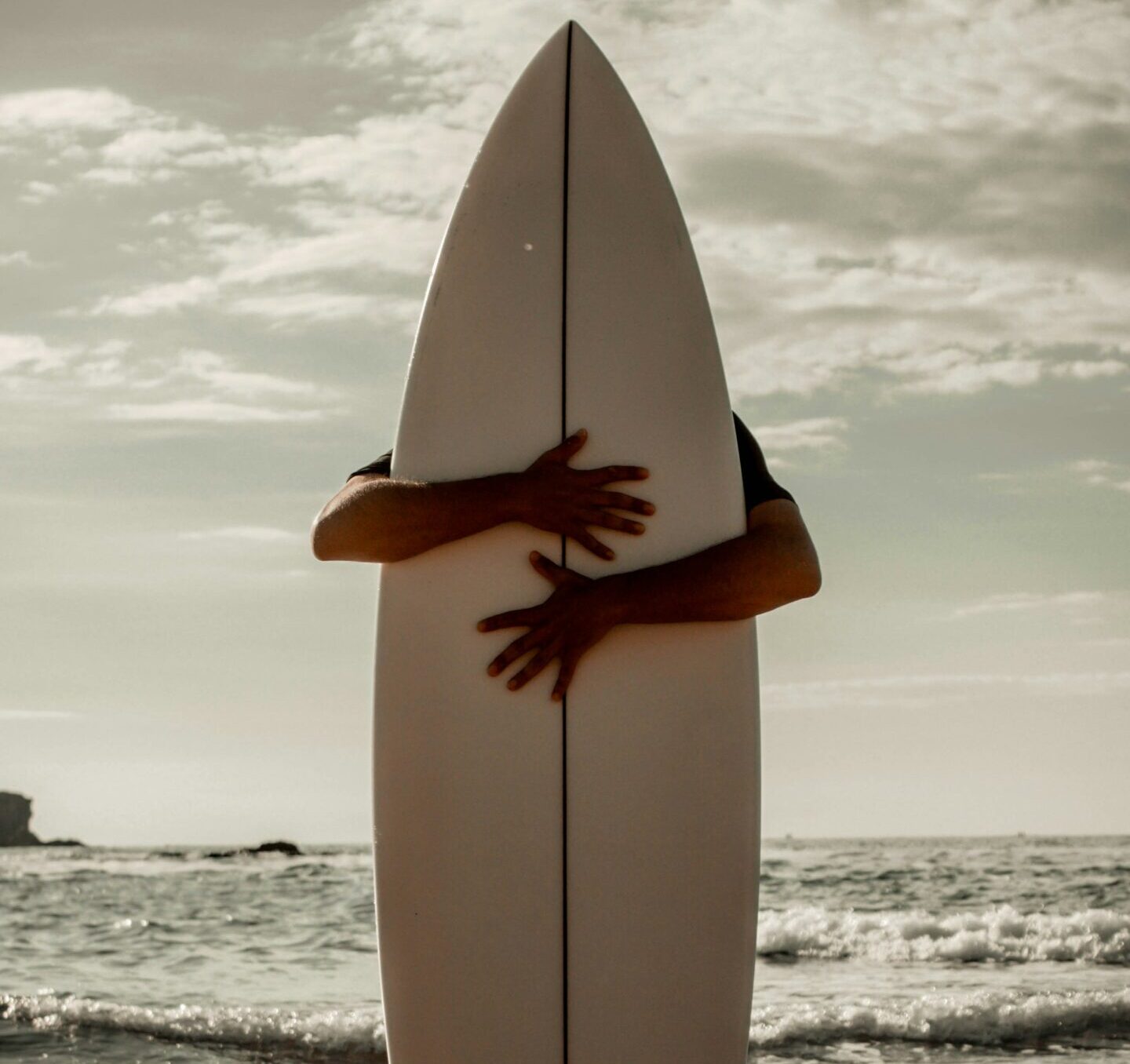
Surfing is an exhilarating sport that captivates the hearts of many. But the two questions remain: is surfing hard? Or is surfing easy? The answer is very subjective and varies from person to person. In this blog, we’ll explore what it takes to surf and how hard or easy it may be for you.
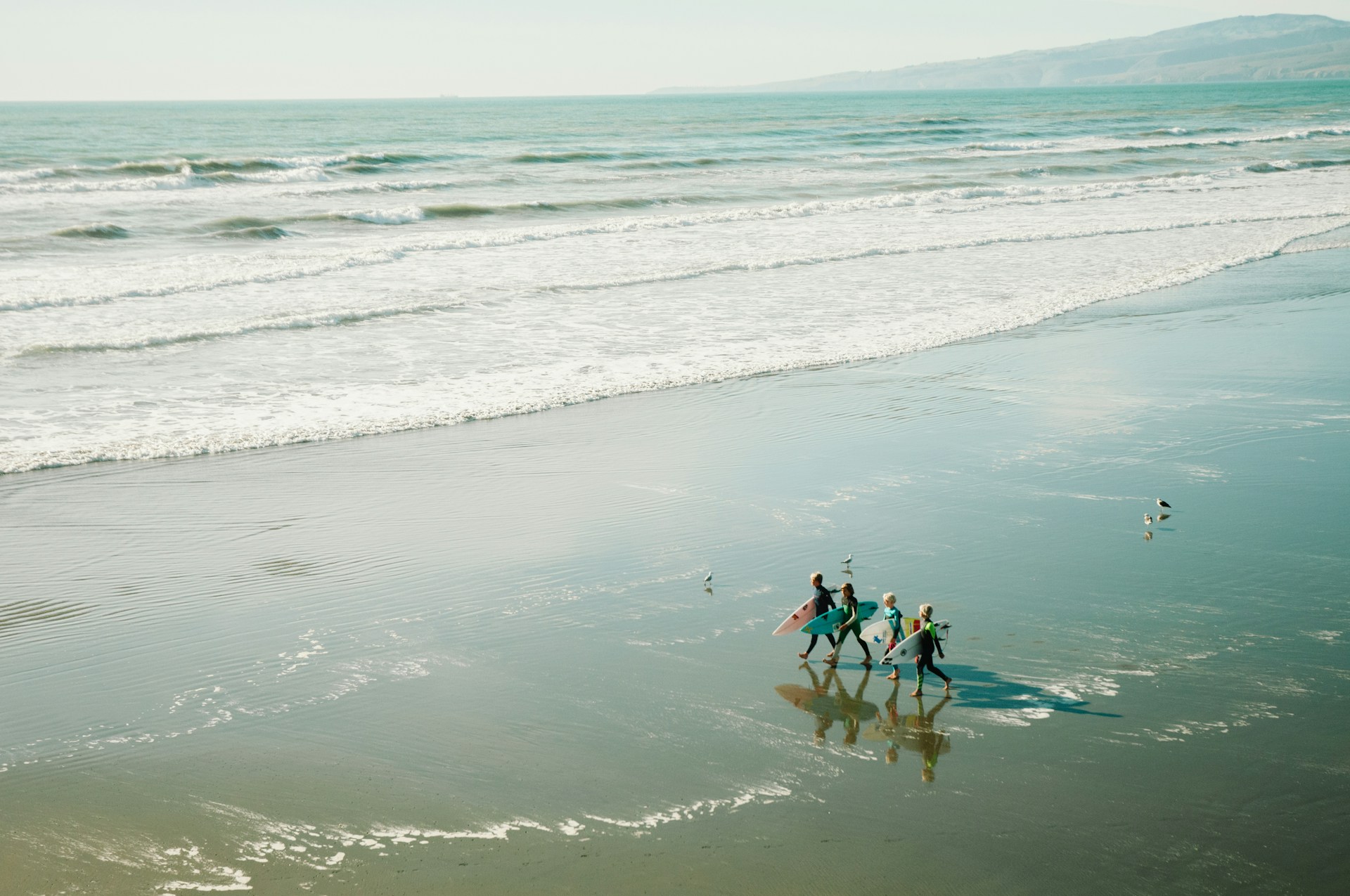
Surfing is a sport that takes up much more than just riding waves. It’s a rich culture with a deep history and a variety of styles, each offering a unique way to interact with the ocean.
Surfing originated here in Hawaii, where it has always been more than a sport—it’s been a way of life. Ancient Hawaiians surfed for social, religious, and cultural purposes.
Today, surfing is a global phenomenon, enjoyed by millions. The spirit of surfing, rooted in harmony with nature and respect for the ocean, continues to inspire surfers like you and us around the world.
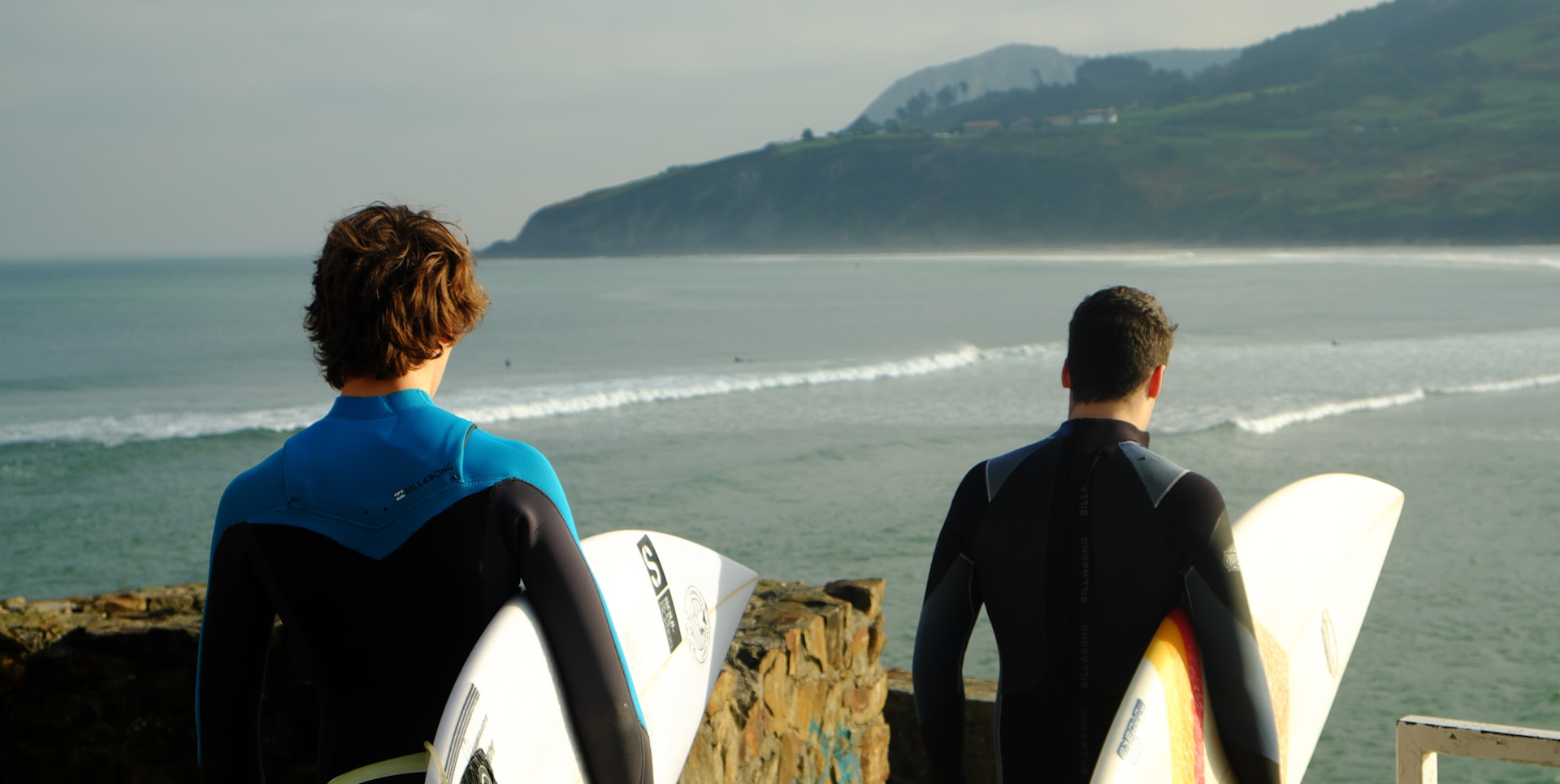
Surfing involves riding ocean waves on a surfboard. Surfers paddle out to sea, wait for a suitable wave, then ride it towards the shore. The key is to maintain balance and control on the moving water. Mastering the art of surfing requires understanding wave dynamics, timing, and positioning. It’s a dance with the ocean, where every wave presents a new challenge and opportunity.
There are several surfing styles, each offering a unique experience and requiring different skills:
Characterized by longer, wider boards, longboarding is known for its graceful, flowing style. It’s often considered more accessible for beginners due to the increased stability of the board.
This style involves shorter, more maneuverable boards, allowing for quicker turns and more radical maneuvers. Shortboarding is often seen as more challenging and is popular among experienced surfers seeking a high-performance ride.

A variation of surfing is where the surfer stands on a larger board and uses a paddle to navigate through the water. SUP is a great way to enjoy the calmer water and can be easier for those who find traditional surfing challenging.
At Gone Surfing Hawaii, we offer surf board rentals for enthusiasts of all three types of surfing styles, right in the heart of Oahu on Waikiki Beach.
The journey to becoming a proficient surfer is a personal one, and the time it takes to learn can vary widely. While some may find themselves riding waves with ease after just a few sessions, others may take months or even years to feel confident on their board. Here are some factors that can influence the answer to the question, “How Long Does It Take to Learn to Surf?”
Your overall fitness and athleticism can significantly impact your ability to learn surfing and will directly impact the answer to the question, “Is surfing hard to do?” Those with a stronger athletic background, good balance, and coordination may find it easier to pick up the physical aspects of surfing.
That includes paddling, popping up, and maneuvering on the board. Don’t get discouraged, many beginners have no athletic background and still have the time of their lives surfing the Waikiki waves with our instructors. Check for yourself by taking a look at our gallery!
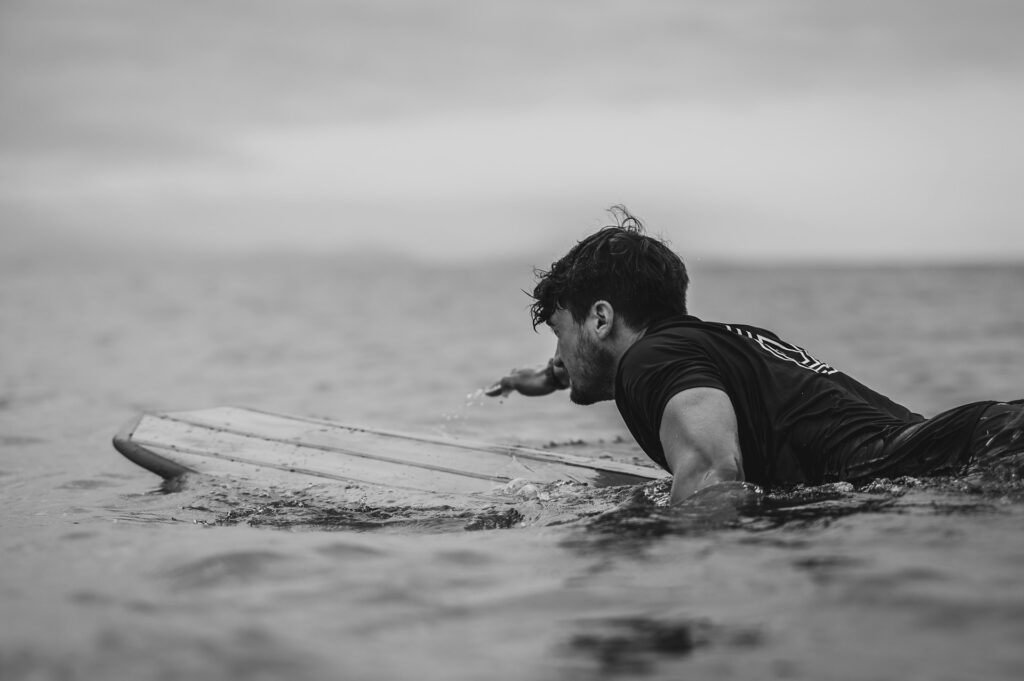
Comfort in the water is a crucial factor in learning to surf. If you’re already a confident swimmer and feel at ease in the ocean, you’re likely to progress faster. The answer to the question: “is surfing hard to learn?” changes drastically depending on your water comfort level.
Like any skill, the more you practice, the better you’ll become. Regularly hitting the waves and putting in the time to practice your paddling, popping up, and wave-reading skills will speed up your learning process. Consistency is key to building muscle memory and confidence in the water.
Having a good surf instructor or attending a reputable surf school can make a significant difference in how quickly you learn. Professional instructors can provide personalized feedback, correct your mistakes, and offer tips and tricks that you might not discover on your own.
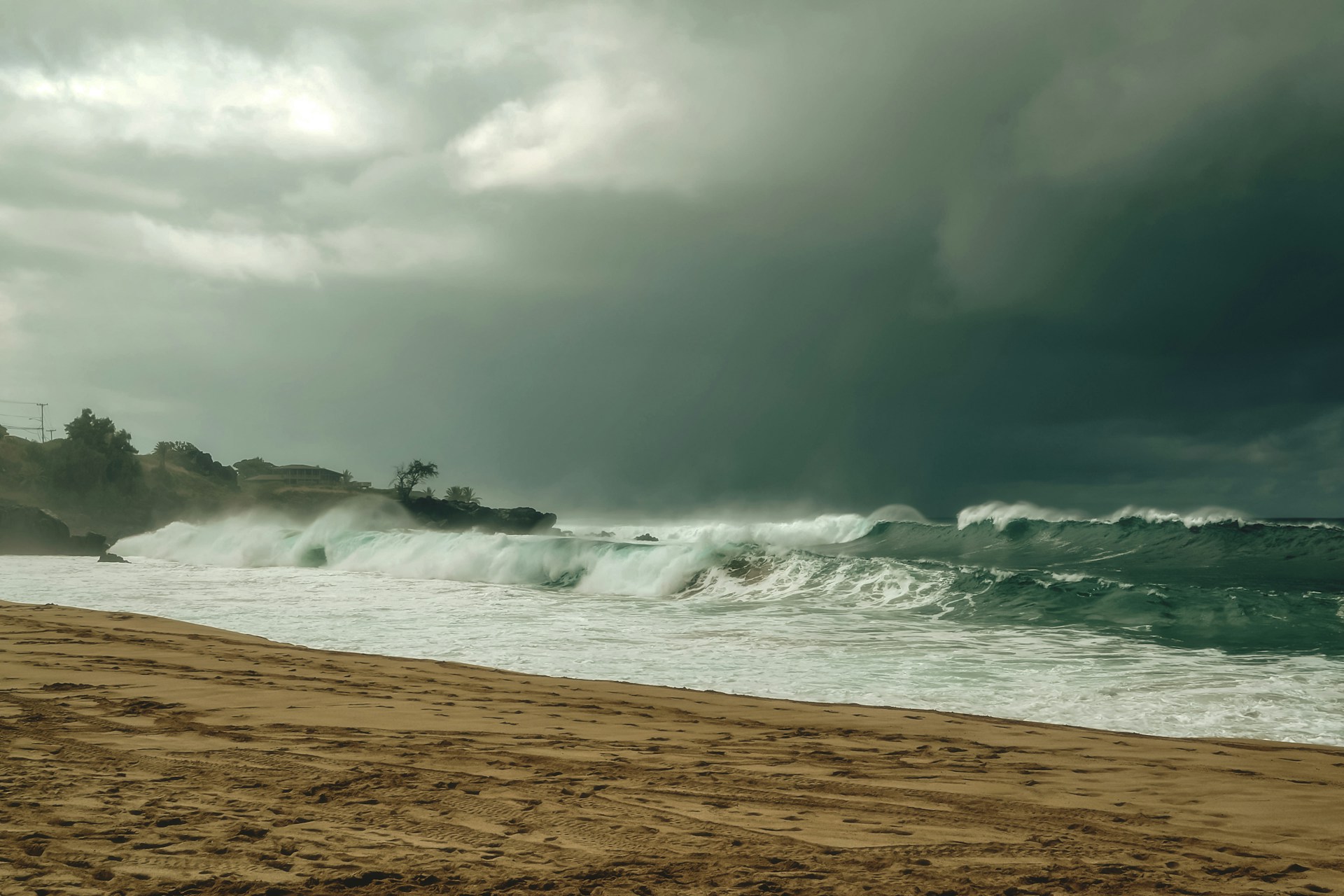
The conditions of the waves and the surf spot where you learn can also affect your progress. Gentle, consistent waves often present during our Waikiki surfing lessons are ideal for beginners. They provide a safer and more forgiving environment to practice your skills. Learning in challenging conditions can be frustrating and may slow down your progress.
Your mindset plays a crucial role in how quickly you’ll learn to surf. Staying positive, patient, and resilient in the face of setbacks will help you overcome obstacles and keep you motivated to improve.
While it’s difficult to pinpoint exactly how long it takes to learn to surf, most beginners can expect to start feeling comfortable on their board and catching small waves in one way or another during their first lesson with our team.
However, mastering surfing and tackling more challenging waves can take years of dedication and practice. The key is to enjoy the journey, celebrate your progress, and keep pushing your limits!
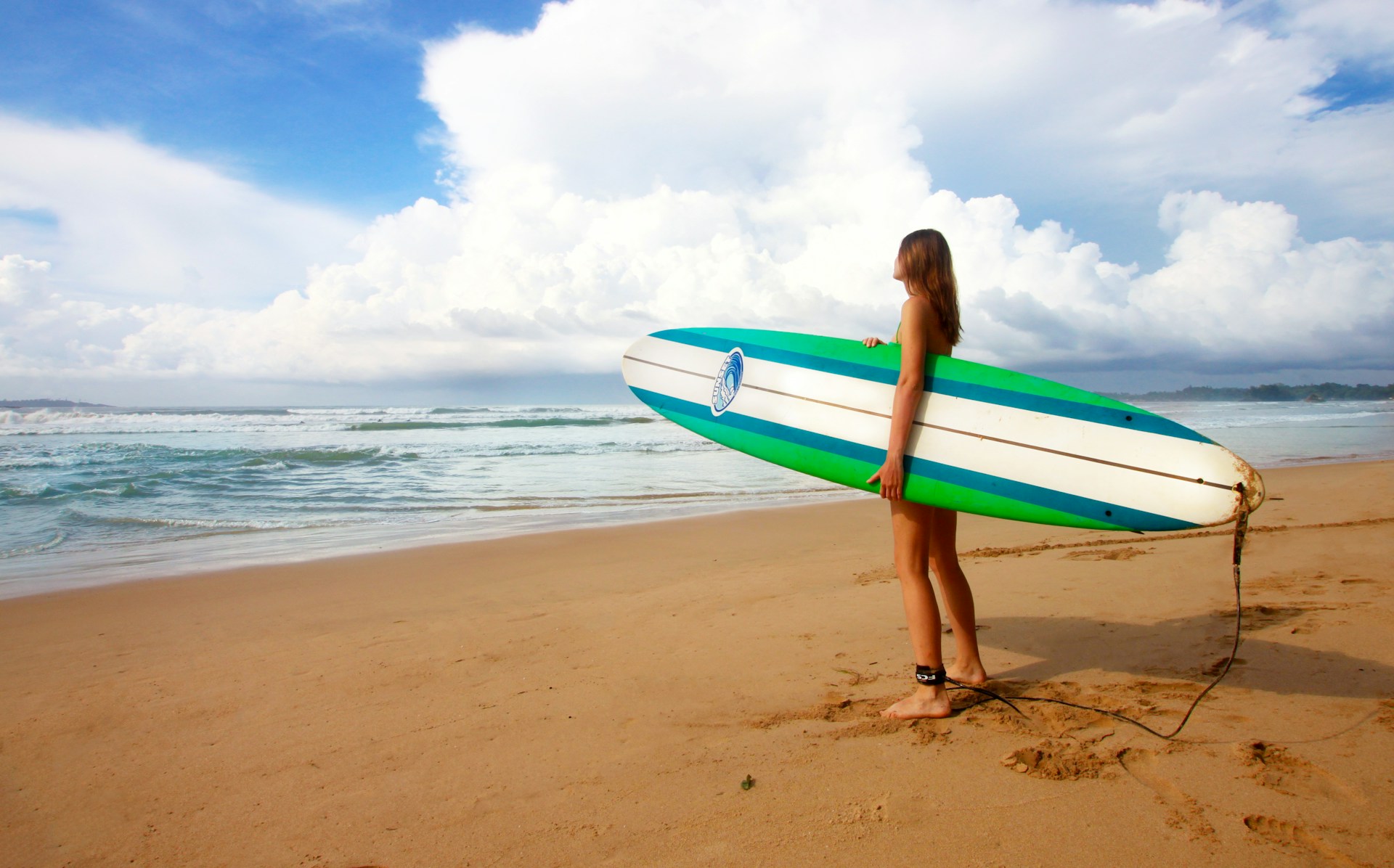
Starting your surfing journey is an exciting adventure that begins with some basic preparations. Here are 6 tips on how you can get started:
Start with a beginner-friendly surfboard, typically a longboard or a foam board, which offers more stability and buoyancy. A leash is essential for safety, as it keeps your board attached to you.
Depending on the water temperature, you might also need a wetsuit to keep you warm and protected. Choosing a comfortable swimsuit helps in feel more at ease while out in the ocean.
Understanding the ocean’s dynamics, such as currents, tides, and wave formation, is crucial for your safety. Familiarize yourself with the specific conditions of the beach where you’ll be surfing.
Surfing has its own set of unwritten rules that help maintain order and safety in the water. Learn about right-of-way, how to avoid dropping in on someone else’s wave, and how to respect the local surf community.
Joining a surf school or taking lessons from experienced instructors can significantly speed up your learning process. Schools like Gone Surfing Hawaii offer personalized instruction that can help you master the basics and avoid common mistakes.
Begin your surfing experience in small, gentle waves. Look for a sandy beach with a gradual slope, which is ideal for beginners.
The key to progress is consistent practice. Spend as much time as you can in the water, and don’t get discouraged by setbacks. Every surfer has had their share of wipeouts! It may be hard to start, but once you do, you can never go back!
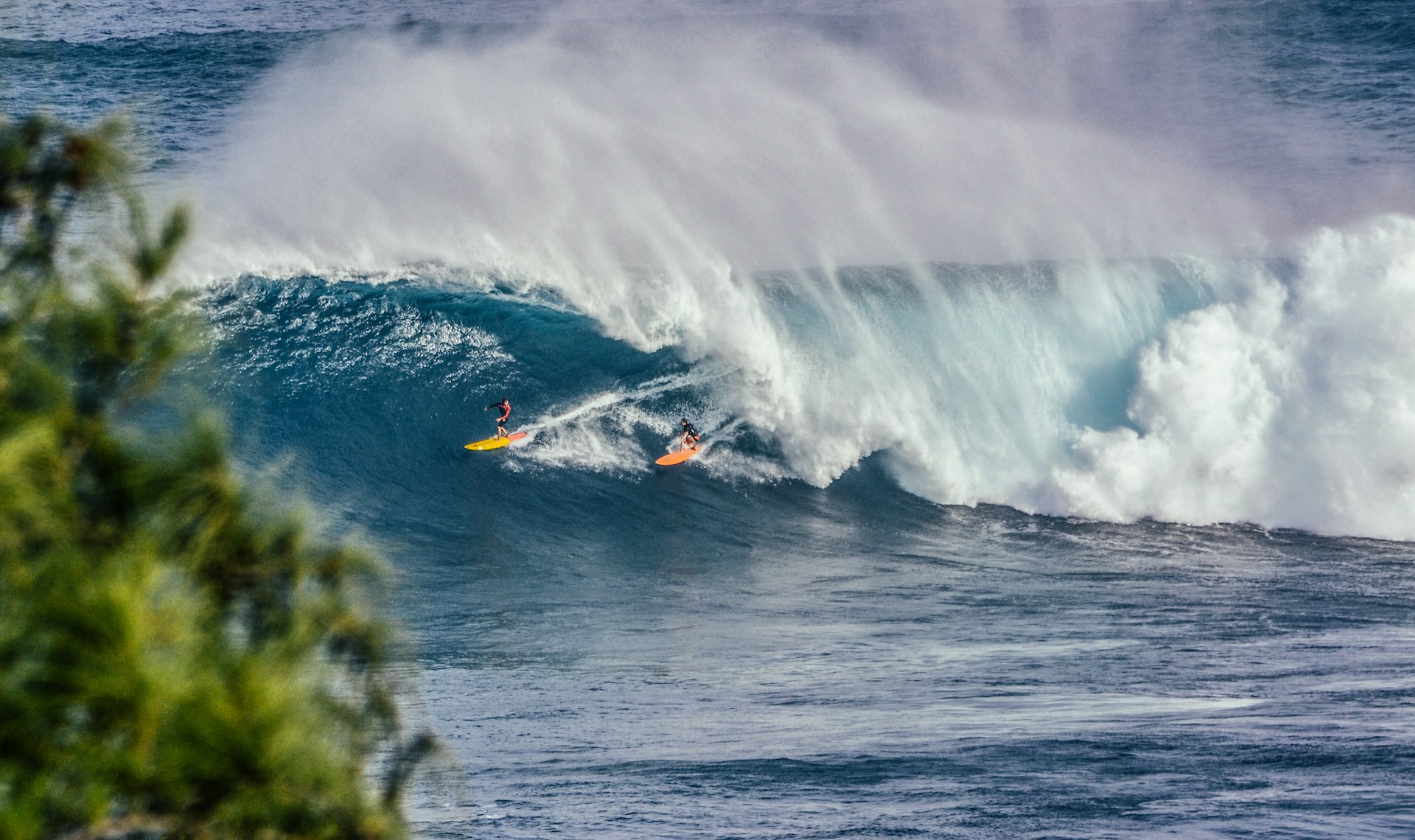
Becoming proficient at surfing requires dedication and consistent practice, and the time to become a master surfer will depend primarily on you. Here are some tips to help you improve:

Teaching yourself to surf is a path some choose to take, but it comes with its challenges and risks. Here are some considerations if you’re thinking about learning to surf on your own:
Surfing involves inherent risks, including strong currents, sharp reefs, and the possibility of collisions with other surfers or your own board. Without proper knowledge of ocean safety and surfing etiquette, you increase the likelihood of accidents and injuries.
Without the guidance of an experienced instructor, you may develop bad habits or use incorrect techniques that can hinder your progress. It can take longer to learn the basics and refine your skills when you’re figuring things out on your own.
One of the benefits of learning with an instructor or in a surf school is receiving immediate feedback on your performance. When teaching yourself, you may not have a clear understanding of what you’re doing right or wrong, which can slow down your learning process.
Additionally, the amount of questions you may have when first starting to surf, or even getting more into it if you’ve tried it before, can be overwhelming. Our team members will always answer all of your questions, providing essential knowledge to help improve your skills faster!
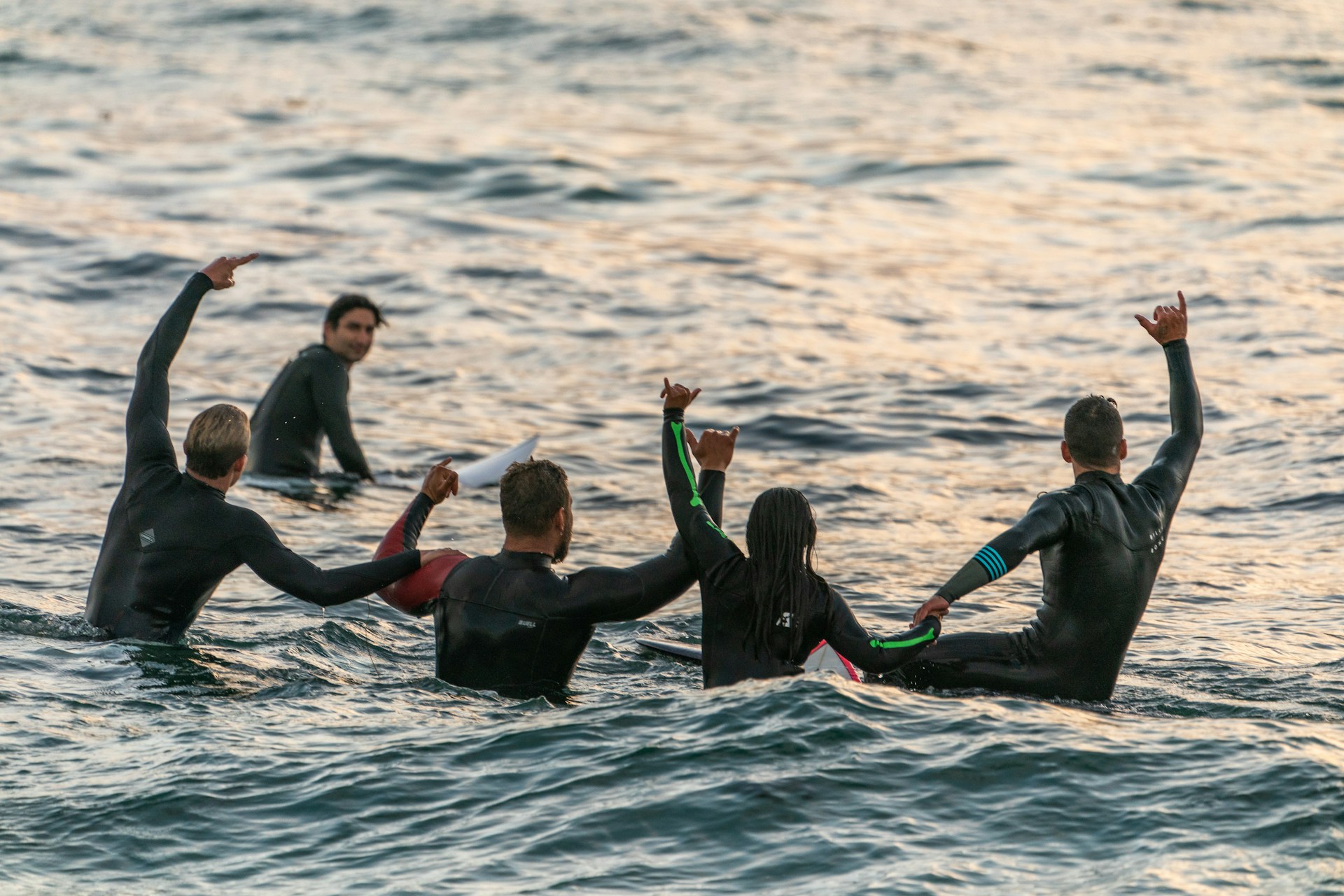
Surfing is not just a sport; it’s a community. By taking lessons, you have the chance to meet other surfers, make friends, and become part of the local surf culture. Teaching yourself might limit these social opportunities. Additionally, mental support provided by your new surfer friend will make the answer to the earlier question, “is surfing hard to learn?” simple… Surfing is FUN to learn!
Learning from experienced instructors ensures you learn safe ways to surf and helps you progress more quickly. We can provide personalized guidance on how to get better at surfing and how to get into surfing safely.
With the right guidance, practice, and dedication, almost anyone can learn to surf! How long to learn how to surf does it take? It varies, but with consistent effort, you’ll see progress.
Whether you’re wondering how hard is it to surf, or how to get better at surfing, remember that the journey is as rewarding as the destination. So, contact us today to hit the waves and embrace the beauty of vibing with the ocean!
© 2014 Gone Surfing Hawaii. All Rights Reserved. // CALL 8 0 8 . 4 2 9 . 6 4 0 4 // TEXT 808.207.8810 info@gonesurfinghawaii.com